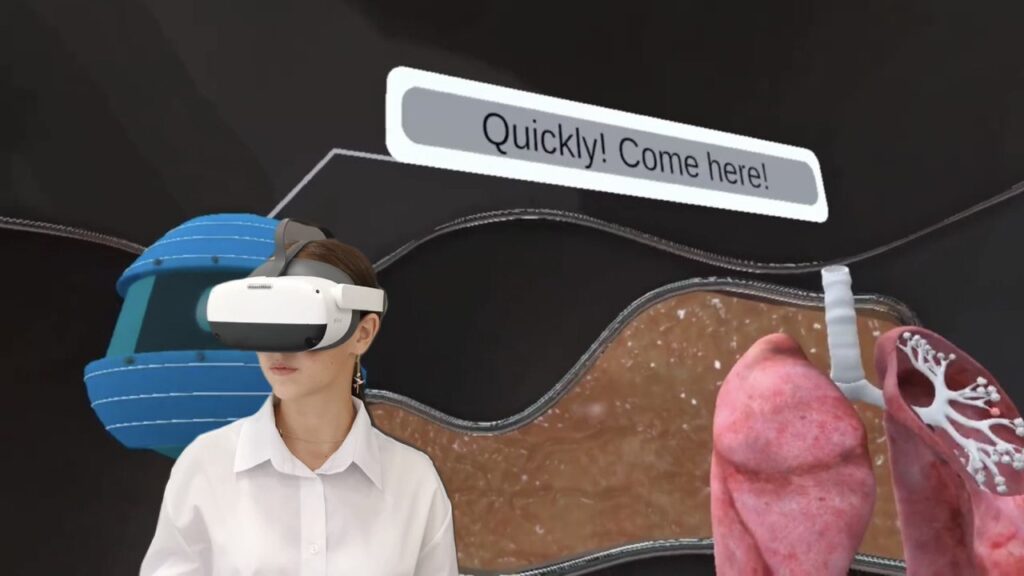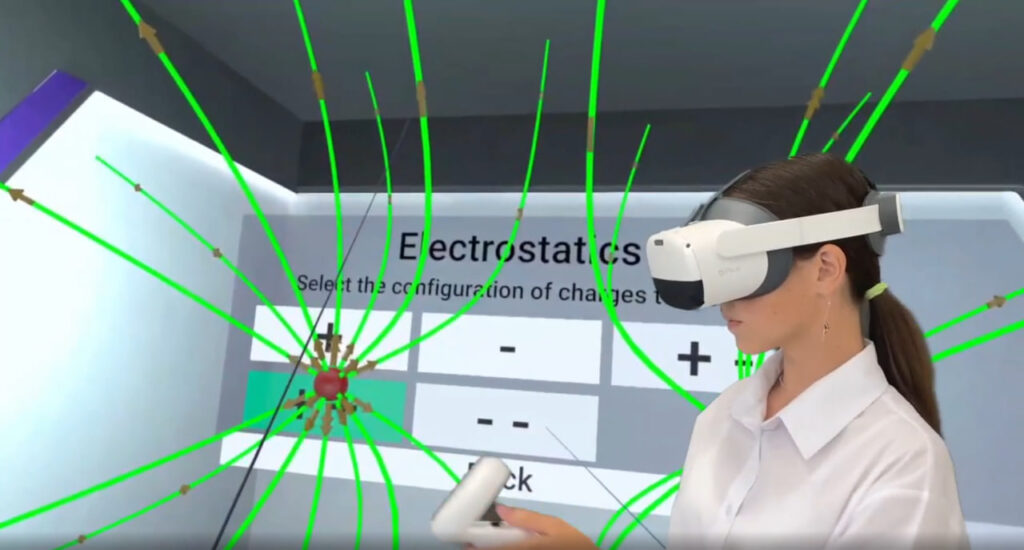

Education has always mirrored the world’s technological progress. In the past, knowledge was passed down through handwritten manuscripts and scrolls. Then came the printing press, leading to the widespread use of textbooks. Today, digital devices have largely taken over this role. But the journey doesn’t end there—the next significant leap in educational content is happening right now with immersive simulations. Below, we explore how these new methods are revolutionizing learning, especially through interactive 3D experiences.

For centuries, textbooks were the backbone of formal instruction. They offered organized chapters, illustrations, and consistent curriculum standards. However, many students found purely text-based materials dry and unengaging. While reading is crucial, traditional books often lacked the hands-on element needed to fully understand complex phenomena.

As computers and tablets became more affordable, classrooms began to adopt e-books, online lectures, and multimedia lessons. This format improved accessibility—students could instantly search for terms or watch embedded videos. Yet digital solutions sometimes still left students feeling passive. Clicking through slides or scanning text on a screen wasn’t always enough to bring challenging subjects to life.
Modern education relies on technology in schools to keep pace with the fast-changing job market. Although digital classrooms introduced interactivity, a new wave of immersive solutions is pushing boundaries even further. Instead of reading about a concept or watching a video, students can now experience it.
For instance, when exploring a STEM lab, learners might have previously been limited by the lab’s equipment or safety constraints. Today’s immersive technology breaks these barriers, letting students undertake virtual experiments in biology, physics, or chemistry with minimal risk.
Immersive settings, often delivered via specialized headsets, produce lifelike simulations that merge real-world tasks with digital content. These experiences enable interactive classroom activities where students manipulate objects, collaborate in real time, and gain deeper understanding through active involvement rather than passive observation.


Today’s learners grow up surrounded by smartphones, tablets, and apps. Many educators notice students respond best to technology that encourages active exploration—just reading text on a screen no longer impresses them. By incorporating interactive labs or digitized tasks, schools can align with these evolving expectations.

Though advanced simulations come in various formats, virtual reality stands out for its deeply engaging potential. A well-designed environment can turn a dry concept into a captivating, hands-on experience, making the benefits of virtual reality in education a hot topic.
As immersive methods become part of daily lessons, the gap between theoretical knowledge and real-world application narrows. Students accustomed to exploring wave optics in a digital environment are more likely to show enthusiasm for advanced research or STEM careers. Meanwhile, teachers can feel more confident guiding experiments in a safe, efficient way.
Ultimately, these tools don’t eliminate textbooks or hands-on labs. They supplement and enhance them, making lessons more enjoyable and increasing comprehension. After all, the synergy between past methods and modern innovations often yields the best results.
From dusty textbooks to sophisticated digital resources, education has come a long way. Today, immersive experiences offer a new dimension where learners aren’t confined to reading about complex ideas—they can live them. As technology continues to evolve, so will our approaches to teaching, ensuring that knowledge transfer remains dynamic, inclusive, and truly transformative.
Interested in bringing immersive experiences to your students? Discover how our advanced simulations can revolutionize your lessons, making even the most complex subjects feel intuitive and interactive. At XReady Lab, we believe in a future where every learner has access to engaging, real-world applications of scientific knowledge.
Ready to see the possibilities firsthand? 👉 Request your free demo and explore how immersive simulations can transform your classroom today!
Frequently Asked
We prodive VR biology, VR physics, and VR chemistry simulations. Please, check our catalog.
Please, fill the form to get demo labs for free.
Please contact our customer support service at support@xreadylab.com or book a call with the team to find out the conditions and book the VR class set up at your school.
Subscription to XReady Lab interactive VR labs. If you are a school, then you are also given access to the VR classroom system. VR class system helps you easily launch VR lessons for a large number of students, follow the experience of each student, as well as customise the content without developers.
We adhere to the world’s generally accepted recommendations and research. Our products are suitable for children from 12 years old.